How do you grow mushrooms at home successfully? This question has captivated gardening enthusiasts, health-conscious individuals, and culinary adventurers who want to enjoy fresh, organic mushrooms year-round. Growing mushrooms at home has become increasingly popular as people discover the satisfaction of cultivating their own gourmet fungi while enjoying significant cost savings and superior freshness compared to store-bought varieties.
Unlike traditional gardening, mushroom cultivation operates on entirely different principles, requiring specific environmental conditions, specialized substrates, and careful attention to humidity and airflow management. This comprehensive guide will walk you through everything you need to know about growing mushrooms at home, from understanding basic biology to harvesting your first successful crop.
Understanding Mushroom Biology and Growing Fundamentals
How Mushrooms Actually Grow
Mushrooms grow through a fascinating process that differs dramatically from traditional plants. Instead of using photosynthesis, mushrooms are decomposers that break down organic matter through their mycelium network - the thread-like root system that forms the main body of the fungus. The mushrooms we see and eat are actually just the fruiting bodies, similar to apples on a tree.
Understanding this fundamental difference is crucial for successful cultivation because it means mushrooms need organic substrate materials to feed on rather than soil and sunlight. They thrive in controlled environments with specific temperature, humidity, and airflow conditions that mimic their natural forest habitats.
The Mushroom Growing Lifecycle
The complete mushroom growing process involves several distinct stages: spore germination, mycelium development, colonization of substrate, pinning (initial mushroom formation), and finally fruiting. Each stage requires different environmental conditions and timing, making mushroom cultivation both an art and a science.
Professional growers and serious hobbyists understand that success depends on maintaining optimal conditions throughout each phase, which is why advanced growing systems have become so valuable for consistent results.
Essential Growing Methods for Beginners
Mushroom Growing Kits - The Perfect Starting Point
For beginners wondering how do you grow mushrooms without extensive experience, pre-made growing kits offer the ideal introduction to mushroom cultivation. These kits come with pre-colonized substrate blocks that are ready to fruit, eliminating the most challenging aspects of mushroom growing while still providing hands-on learning experience.
Most growing kits include detailed instructions and require only basic care like regular misting and proper placement in appropriate growing conditions. They typically produce mushrooms within 7-14 days, providing quick satisfaction and confidence for new growers.
Advanced Smart Growing Systems
Modern technology has revolutionized home mushroom cultivation through intelligent growing systems that automate the most critical aspects of environmental control. The Lykyn Smart Mushroom Grow Kit represents the cutting edge of home mushroom cultivation, offering precision control over humidity, airflow, and temperature that ensures consistent success even for beginners.
This advanced system eliminates guesswork by automatically maintaining optimal growing conditions for different mushroom varieties. Users simply select their mushroom type through the integrated app, and the system handles all environmental adjustments automatically.
Traditional DIY Growing Methods
Experienced growers often prefer building their own growing setups using basic materials like plastic containers, spray bottles, and perlite for humidity control. While these methods require more hands-on management and learning, they offer greater flexibility and lower initial costs for those willing to invest time in understanding mushroom biology.
DIY methods work well for oyster mushrooms, shiitake, and other beginner-friendly varieties that tolerate slight variations in growing conditions. However, they require consistent daily attention and careful monitoring to prevent contamination or environmental problems.

Optimal Growing Conditions and Environmental Control
Temperature Requirements
Different mushroom species require specific temperature ranges for optimal growth and fruiting. Oyster mushrooms thrive at 55-75°F, while shiitake prefer slightly cooler conditions around 55-65°F. Lion's mane mushrooms perform best at 65-75°F, making temperature control one of the most critical factors in successful cultivation.
Maintaining consistent temperatures prevents stress that can lead to poor yields, contamination, or failed flushes. Advanced growing systems like the Lykyn automated mushroom chamber provide precise temperature control that eliminates temperature-related growing problems.
Humidity Management
Mushrooms require high humidity levels, typically 80-95%, throughout most of their growing cycle. However, they also need proper air exchange to prevent carbon dioxide buildup and provide fresh oxygen for healthy development. This balance between high humidity and adequate airflow presents one of the biggest challenges for home growers.
The Lykyn intelligent growing system solves this challenge through integrated humidity control with ultrasonic misting and intelligent airflow management that maintains perfect growing conditions automatically. The system's large 2-liter water tank provides extended operation without constant refilling.
Lighting Considerations
While mushrooms don't require light for nutrition like plants, they do need some light for proper development and direction. Indirect natural light or LED grow lights provide sufficient illumination for healthy mushroom formation without generating excessive heat that could disrupt temperature control.
Proper lighting helps mushrooms develop normal colors and shapes while preventing etiolation (elongated, pale growth) that can occur in complete darkness.
Popular Mushroom Varieties for Home Growing
Oyster Mushrooms - Perfect for Beginners
Oyster mushrooms (Pleurotus ostreatus) are widely considered the best choice for beginning mushroom growers due to their forgiving nature, rapid growth, and excellent flavor. They tolerate minor variations in growing conditions while producing substantial yields that make the growing effort worthwhile.
These mushrooms grow in attractive clusters and come in several color varieties including white, yellow, and pink oysters. They typically fruit within 7-10 days under proper conditions and can produce multiple flushes from the same substrate.
Shiitake Mushrooms - Gourmet Flavor
Shiitake mushrooms offer premium flavor and substantial market value, making them attractive for both home consumption and potential small-scale commercial ventures. They require slightly more precise conditions than oyster mushrooms but reward careful cultivation with exceptional taste and texture.
Shiitake growing typically involves hardwood substrate blocks and longer colonization periods, but the results justify the additional time and attention required for successful cultivation.
Lion's Mane - Unique Texture and Health Benefits
Lion's mane mushrooms have gained tremendous popularity due to their unique appearance, seafood-like texture, and potential cognitive health benefits. These distinctive white, shaggy mushrooms require specific humidity and temperature conditions but produce impressive yields when grown properly.
Their unusual appearance and health properties make lion's mane mushrooms particularly valuable for home growers interested in both culinary applications and wellness benefits.
Reishi - The Mushroom of Immortality
Reishi mushrooms are prized for their medicinal properties rather than culinary applications. These glossy, woody mushrooms require longer growing periods and specific conditions but offer substantial health benefits that make them valuable for dedicated growers.
Growing reishi requires patience and precision, making them better suited for experienced growers or those using advanced automated systems that can maintain optimal conditions consistently.
Step-by-Step Growing Process
Substrate Preparation and Sterilization
Successful mushroom cultivation begins with proper substrate preparation. Different mushroom species prefer different substrate materials: straw for oyster mushrooms, hardwood sawdust for shiitake, and specialized blends for other varieties. All substrates must be sterilized to eliminate competing microorganisms that could interfere with mushroom growth.
Sterilization typically involves steam treatment, pressure cooking, or pasteurization depending on the substrate type and available equipment. Proper sterilization is crucial for preventing contamination that ruins entire growing projects.
Inoculation and Colonization
After cooling sterilized substrate to room temperature, it's inoculated with mushroom spawn (pre-grown mycelium) under sterile conditions. The mycelium then colonizes the substrate over several weeks, forming the foundation for mushroom production.
During colonization, maintaining proper temperature and humidity while preventing contamination determines the success of the entire growing project. This phase requires patience as visible progress occurs slowly over weeks rather than days.
Initiating Fruiting Conditions
Once substrate colonization is complete, environmental conditions are adjusted to trigger mushroom formation. This typically involves lowering temperature slightly, increasing humidity, and providing fresh air exchange along with appropriate lighting.
The transition from colonization to fruiting represents a critical phase where proper environmental control makes the difference between abundant harvests and disappointing results.
Harvesting and Post-Harvest Management
Mushrooms should be harvested at the optimal stage of development, typically just before spores are released. Timing varies by species but generally occurs when caps are fully expanded but still firm. Proper harvesting technique involves cutting mushrooms at the base rather than pulling them.
After harvesting, substrate blocks can often produce additional flushes with proper care and environmental management, extending the productive life of each growing project significantly.
Advanced Growing Techniques and Equipment
Automated Environmental Control Systems
Modern mushroom cultivation has been revolutionized by intelligent growing systems that eliminate much of the guesswork and daily management required for successful growing. Advanced systems monitor and adjust environmental conditions automatically, ensuring optimal growing conditions throughout the entire cultivation cycle.
These systems typically include automated humidity control, temperature regulation, air circulation management, and even lighting control integrated into user-friendly interfaces that make professional-quality growing accessible to home cultivators.
Monitoring and Data Collection
Successful mushroom growing benefits enormously from careful monitoring and record-keeping. Temperature and humidity logs help identify patterns and optimize growing conditions for better yields and consistency. Many modern growing systems include data logging capabilities that track conditions automatically.
Understanding how environmental variations affect mushroom development allows growers to fine-tune their techniques and achieve increasingly better results over time.
Scaling Up Production
As growers gain experience and confidence, many choose to expand their operations using multiple growing chambers, larger substrate batches, or more sophisticated environmental control systems. Scaling up requires careful planning to maintain quality while increasing quantity.
Commercial-scale equipment and techniques can be adapted for serious home growers who want to maximize production efficiency and potentially generate income from their mushroom growing activities.
Common Growing Problems and Solutions
Contamination Prevention and Management
Contamination from mold, bacteria, or other fungi represents the most common problem in mushroom cultivation. Prevention through proper sterilization, clean handling techniques, and environmental control is far more effective than attempting to treat contaminated substrates.
When contamination occurs, identifying the source and implementing corrective measures prevents recurring problems. Most contamination issues result from inadequate sterilization, poor air quality, or improper humidity management.
Environmental Control Challenges
Maintaining consistent temperature and humidity levels challenges many home growers, especially those using basic DIY setups. Seasonal variations, heating and cooling system cycles, and inadequate humidity control can disrupt mushroom development and reduce yields.
Professional-grade growing systems address these challenges through automated environmental control that maintains optimal conditions regardless of external factors, making successful growing much more predictable and consistent.
Yield Optimization Strategies
Maximizing mushroom yields requires understanding the relationship between environmental conditions, substrate quality, and timing. Proper nutrition, optimal moisture levels, and appropriate air exchange all contribute to higher yields and better quality mushrooms.
Experienced growers develop techniques for extending productive periods, encouraging multiple flushes, and maintaining substrate health for maximum production from each growing cycle.
Equipment and Supply Considerations
Essential Basic Equipment
Beginning mushroom growers need relatively simple equipment: growing containers, spray bottles for misting, thermometers and hygrometers for monitoring, and basic sterilization equipment. The initial investment can be quite modest for those starting with simple growing methods.
As growers gain experience and expand their operations, more sophisticated equipment becomes valuable for improving consistency, reducing labor, and achieving better results with challenging mushroom varieties.
Professional-Grade Growing Systems
Advanced growing systems like the Lykyn smart chamber represent significant upgrades in growing capability and convenience. These systems integrate all essential functions - humidity control, air circulation, temperature management, and monitoring - into automated units that deliver professional results with minimal daily management.
The investment in professional equipment pays dividends through higher success rates, better yields, reduced labor, and the ability to grow more demanding mushroom varieties that require precise environmental control.
Ongoing Supply Requirements
Mushroom growing requires ongoing supplies including substrate materials, spawn, sterilization supplies, and replacement parts for growing systems. Planning for these recurring costs helps maintain consistent growing operations without interruption.
Many suppliers offer bulk purchasing options that reduce per-unit costs for serious growers, while others provide subscription services that deliver supplies on regular schedules.
Economic Benefits and Market Opportunities
Cost Savings Compared to Store-Bought Mushrooms
Home mushroom growing offers substantial cost savings compared to purchasing gourmet mushrooms from grocery stores or specialty markets. Premium varieties like lion's mane or shiitake can cost $15-20 per pound retail, while growing costs may be only $2-3 per pound including all supplies and equipment amortization.
The savings become even more significant for households that consume mushrooms regularly or enjoy premium varieties that command high retail prices.
Small-Scale Commercial Opportunities
Successful home growers often discover opportunities to sell excess production to local restaurants, farmers markets, or specialty food stores. Gourmet mushrooms command premium prices, and local production offers freshness advantages that commercial buyers value.
Starting small allows growers to develop skills and customer relationships while determining whether commercial growing might represent a viable business opportunity.
Value-Added Product Development
Experienced growers often explore value-added products like dried mushrooms, mushroom powders, extracts, or prepared foods that extend shelf life and increase profit margins. These products can transform hobby growing into more serious income-generating activities.
Health and Safety Considerations
Safe Growing Practices
Mushroom cultivation requires attention to cleanliness and safety throughout the growing process. Proper hygiene prevents contamination while protecting growers from potential health risks associated with mold spores or chemical sterilization agents.
Using appropriate personal protective equipment, maintaining clean growing environments, and following established safety protocols ensures that mushroom growing remains a safe and enjoyable activity.
Quality Control and Food Safety
Home-grown mushrooms require the same food safety attention as any home-produced food. Proper harvesting, cleaning, storage, and preparation techniques ensure that home-grown mushrooms remain safe and nutritious.
Understanding proper storage methods, recognizing signs of spoilage, and following safe preparation techniques helps home growers enjoy their mushrooms with confidence.
Seasonal Growing and Year-Round Production
Managing Seasonal Variations
Natural seasonal changes affect indoor mushroom growing through temperature variations, humidity changes, and altered air quality. Understanding these patterns helps growers adjust their techniques and expectations throughout the year.
Climate-controlled growing systems minimize seasonal impacts, enabling consistent year-round production that maintains steady supplies of fresh mushrooms regardless of weather conditions.
Planning Growing Schedules
Strategic planning of growing schedules ensures continuous harvests while managing workload and supply costs efficiently. Staggering inoculation dates and rotating different mushroom varieties creates diverse harvests that maintain interest and nutritional variety.
Seasonal planning also considers family schedules, vacation times, and special events that might affect growing activities or mushroom consumption patterns.
Building Growing Skills and Knowledge
Learning Resources and Communities
Successful mushroom growing benefits from ongoing learning and connection with other growers. Online communities, local mycological societies, and educational resources provide valuable support for developing growing skills and troubleshooting problems.
Many experienced growers generously share knowledge and techniques that help newcomers avoid common mistakes and achieve better results more quickly.
Experimenting with Advanced Techniques
As growers develop confidence and skills, experimenting with different techniques, substrate materials, and mushroom varieties keeps the hobby interesting while expanding growing capabilities. Careful documentation of experiments helps identify successful innovations.
Advanced techniques might include liquid culture preparation, substrate supplementation, environmental manipulation for specific effects, or breeding programs for improved varieties.
Future Trends in Home Mushroom Growing
Technology Integration
Home mushroom growing continues benefiting from technological advances including IoT sensors, smartphone apps, automated systems, and improved growing chamber designs. These innovations make successful growing more accessible while reducing the time and skill requirements for consistent results.
Future developments may include AI-powered growing optimization, improved environmental control systems, and integration with smart home systems for seamless operation.
Sustainability and Environmental Benefits
Mushroom growing aligns with sustainability goals through recycling organic waste materials, producing food with minimal environmental impact, and reducing packaging and transportation requirements associated with commercial mushroom production.
Growing mushrooms at home contributes to food security, reduces carbon footprint, and provides organic waste disposal solutions that benefit both growers and the environment.
Conclusion
Learning how do you grow mushrooms successfully opens doors to a rewarding hobby that provides fresh, healthy food while offering potential economic opportunities and environmental benefits. Whether starting with simple growing kits or investing in advanced automated systems, mushroom cultivation offers satisfaction and rewards that grow with experience and skill development.
The key to successful mushroom growing lies in understanding basic principles, maintaining proper environmental conditions, and choosing appropriate methods that match your experience level and goals. Modern growing systems like the Lykyn smart chamber make professional-quality results achievable for home growers while automated controls eliminate much of the daily management traditionally required.
As you embark on your mushroom growing journey, remember that success comes through patience, observation, and continuous learning. Start with beginner-friendly varieties, maintain careful records, and don't hesitate to invest in quality equipment that makes growing more predictable and enjoyable. With proper approach and equipment, home mushroom growing becomes not just a hobby, but a source of fresh, nutritious food that enhances both your culinary adventures and overall well-being.


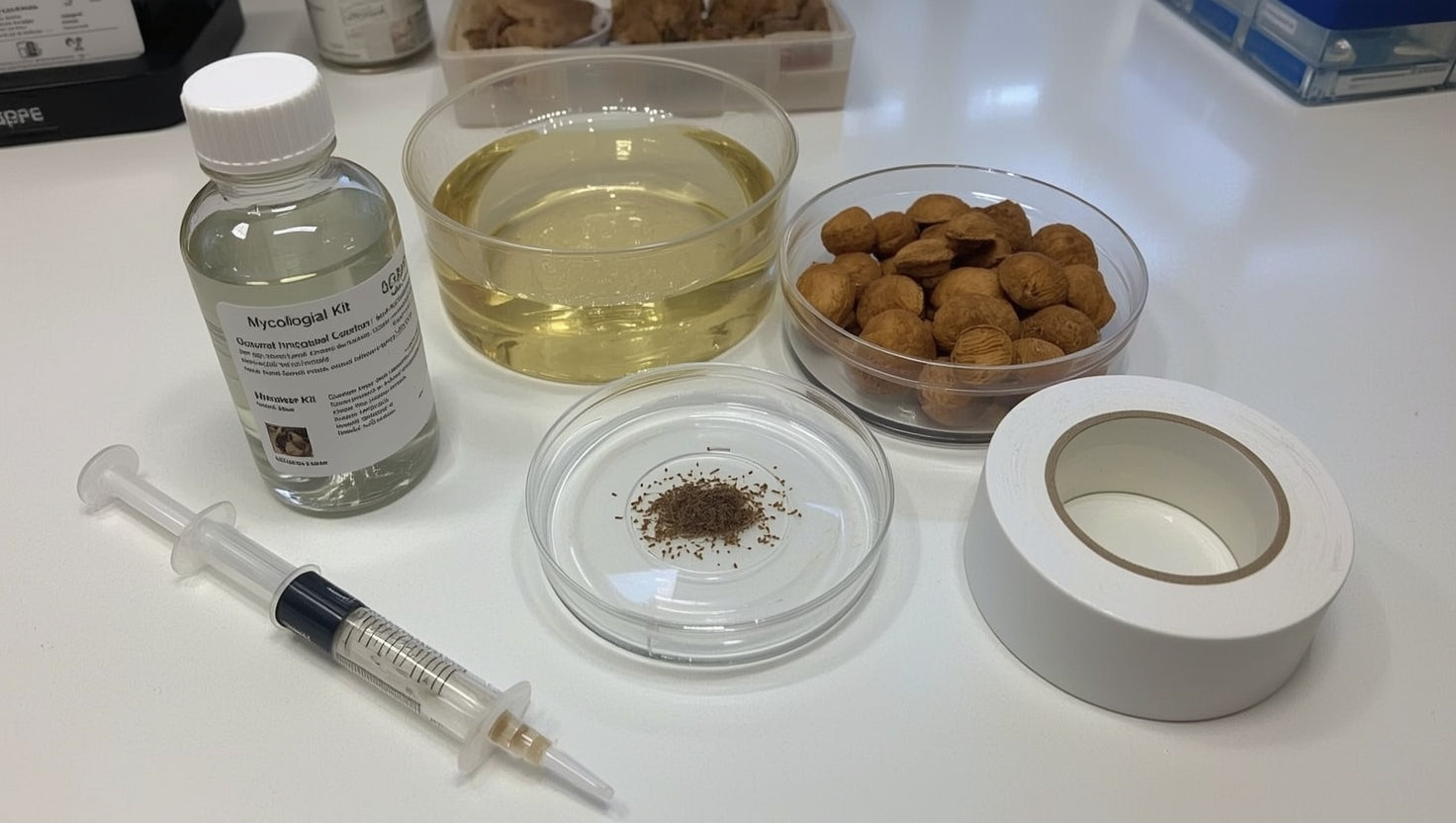
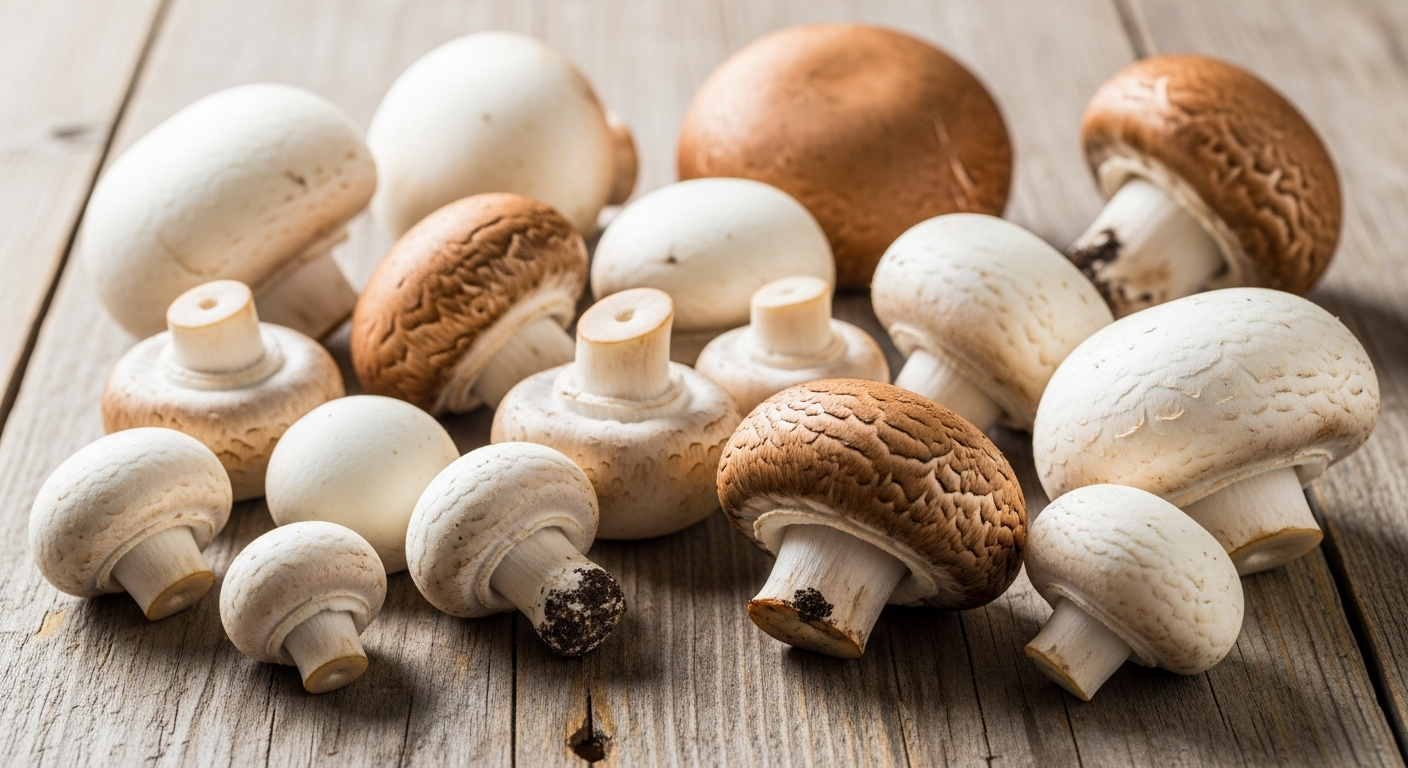
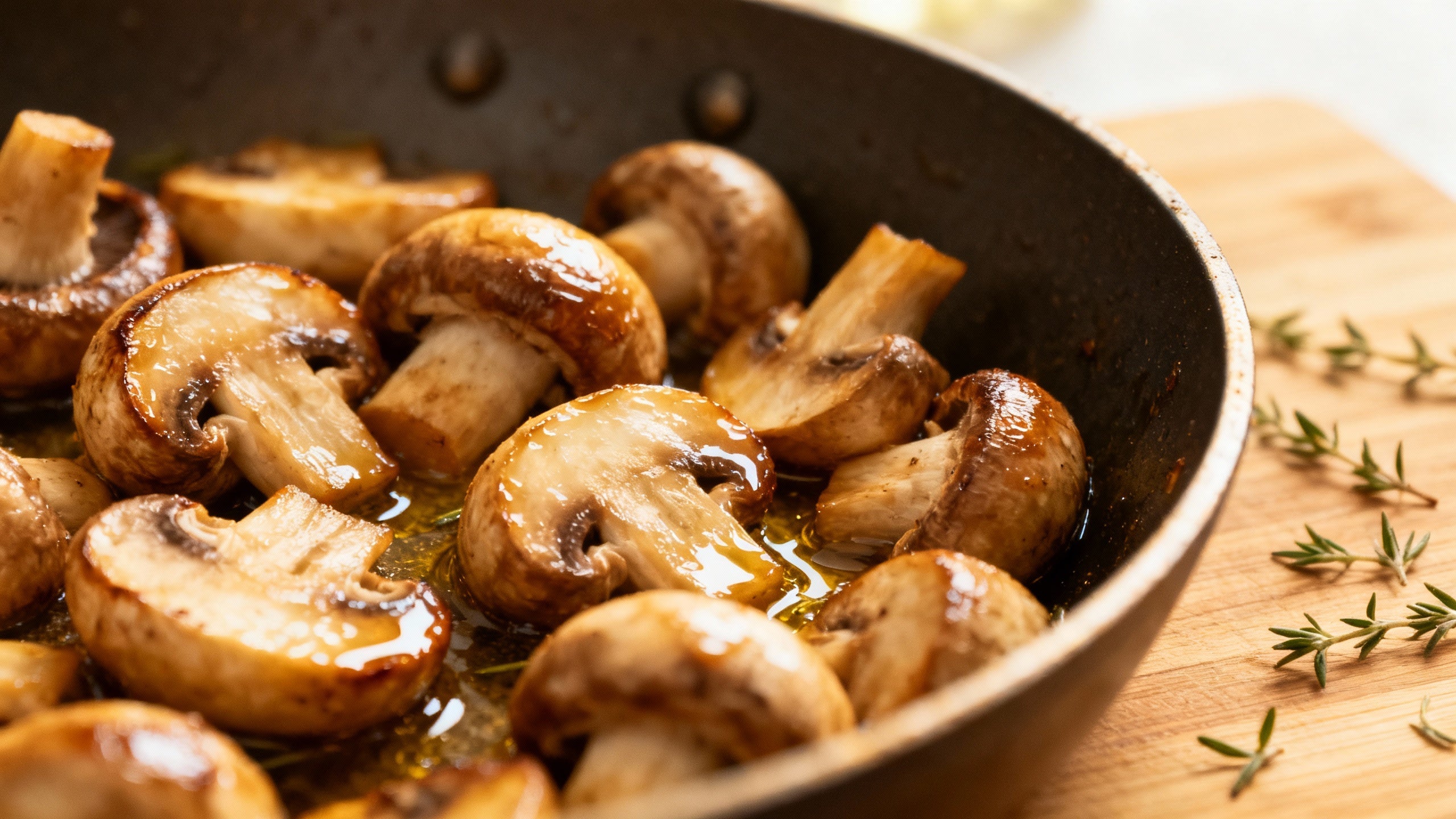
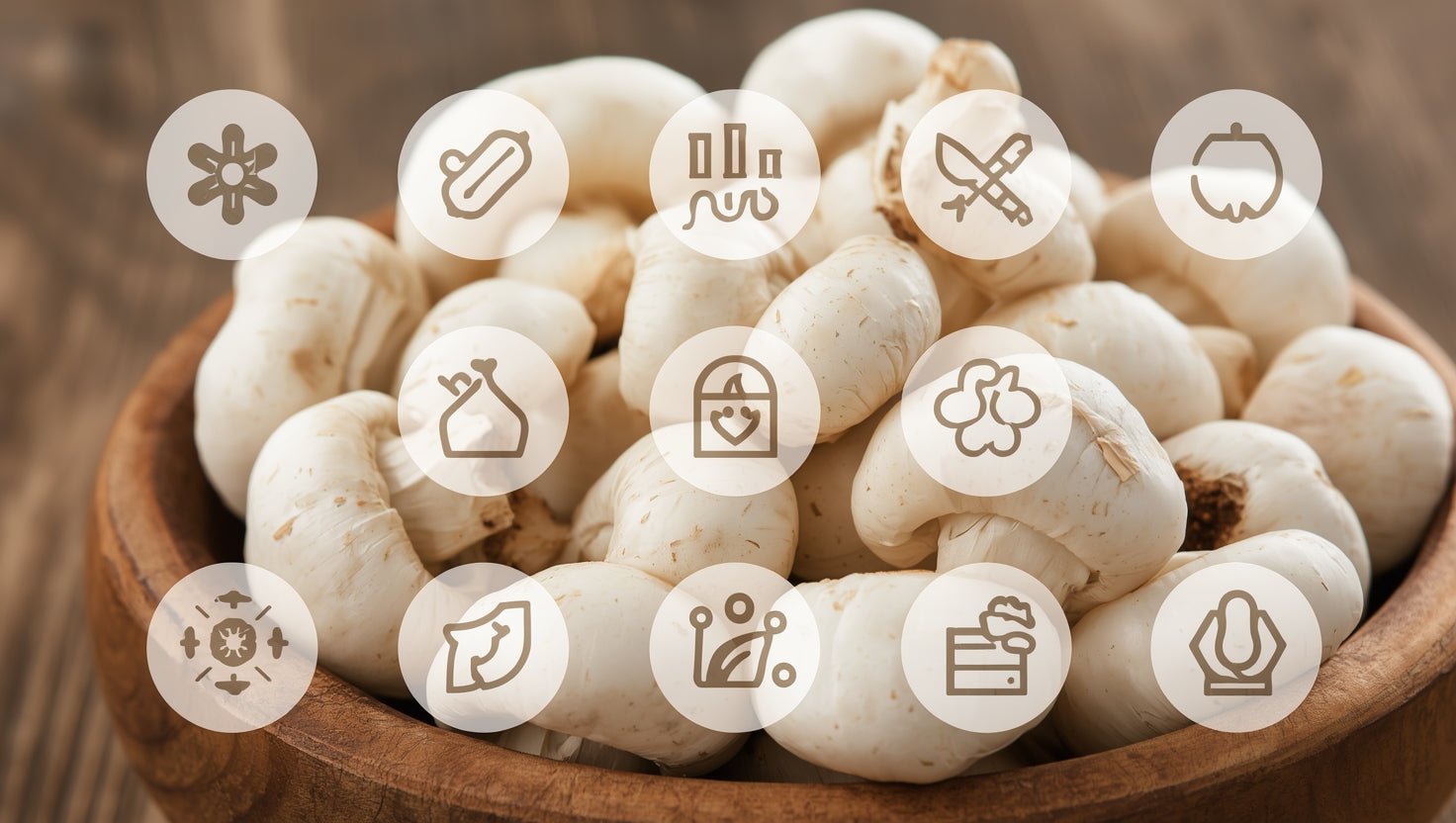
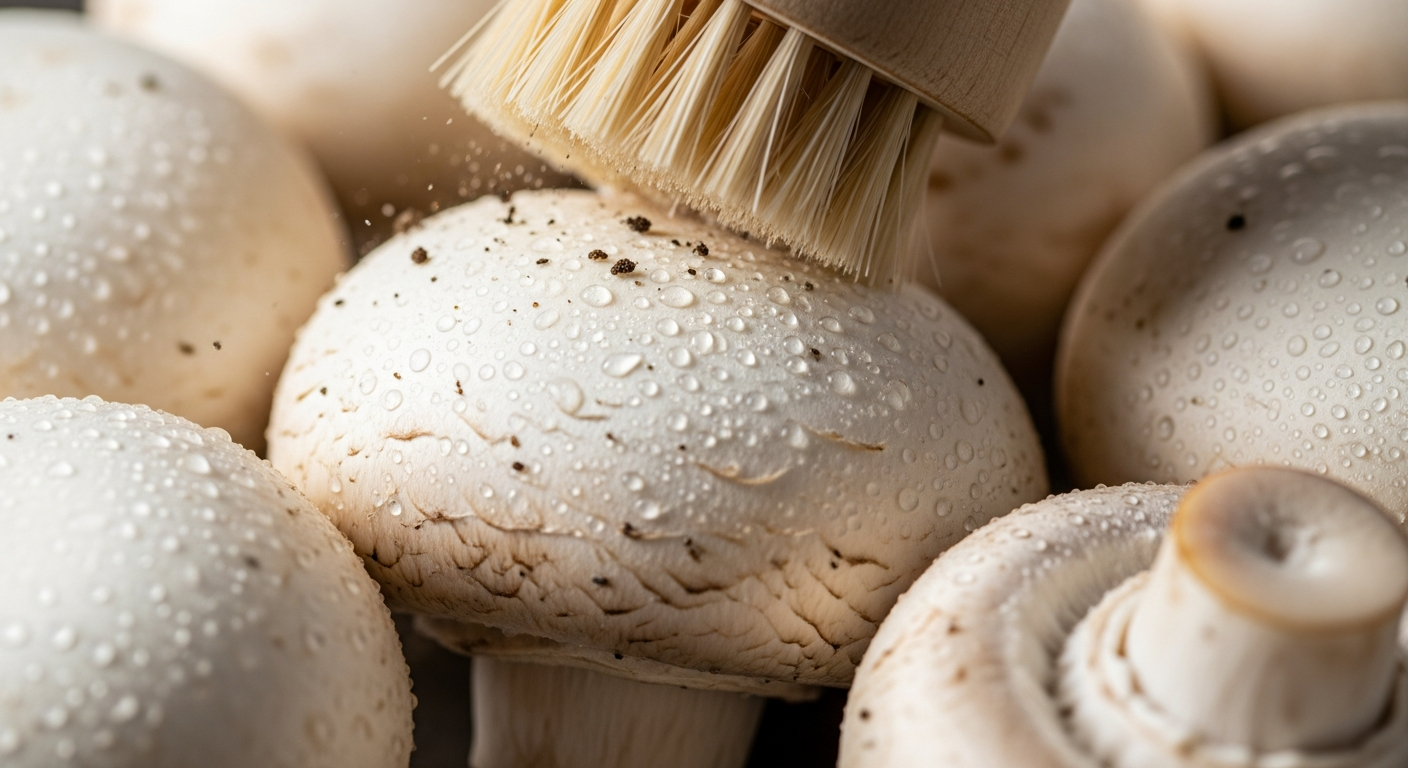
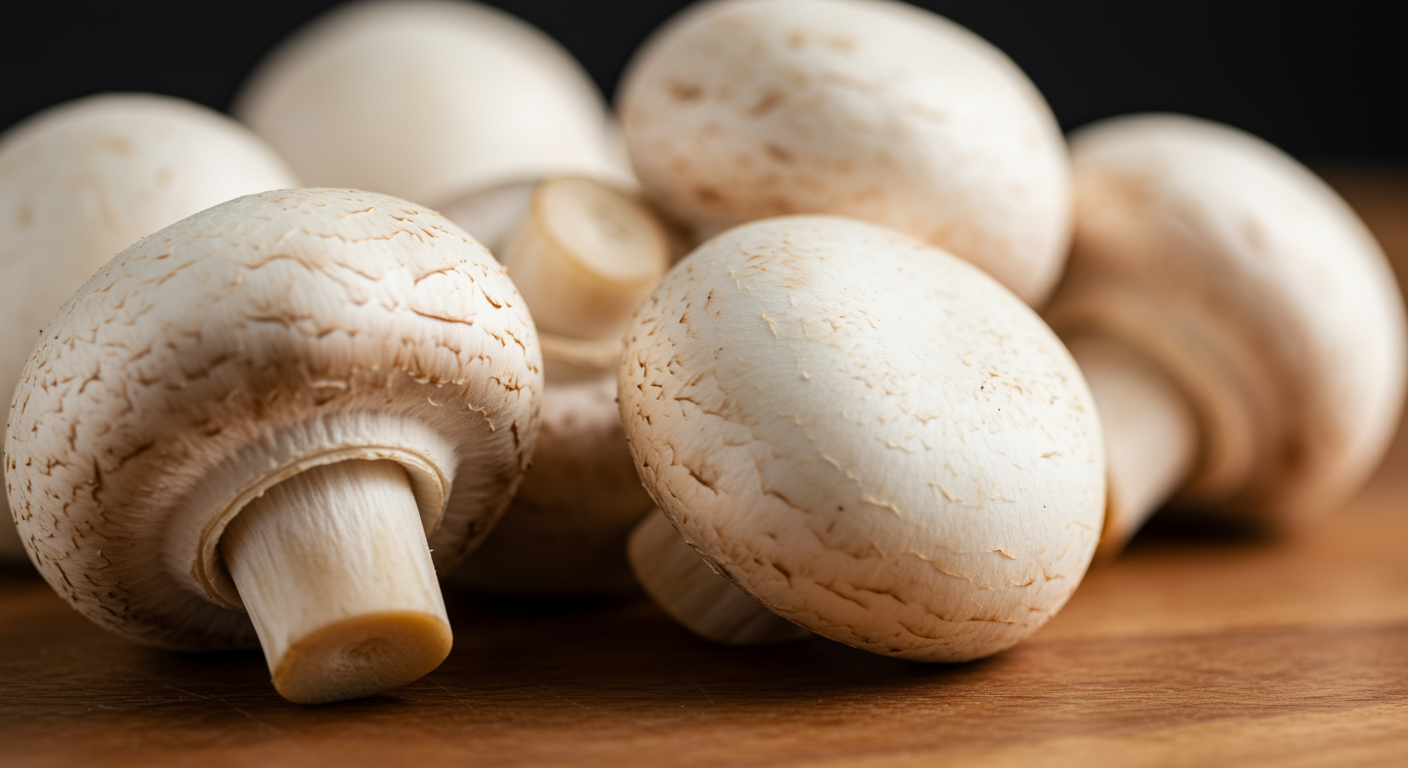
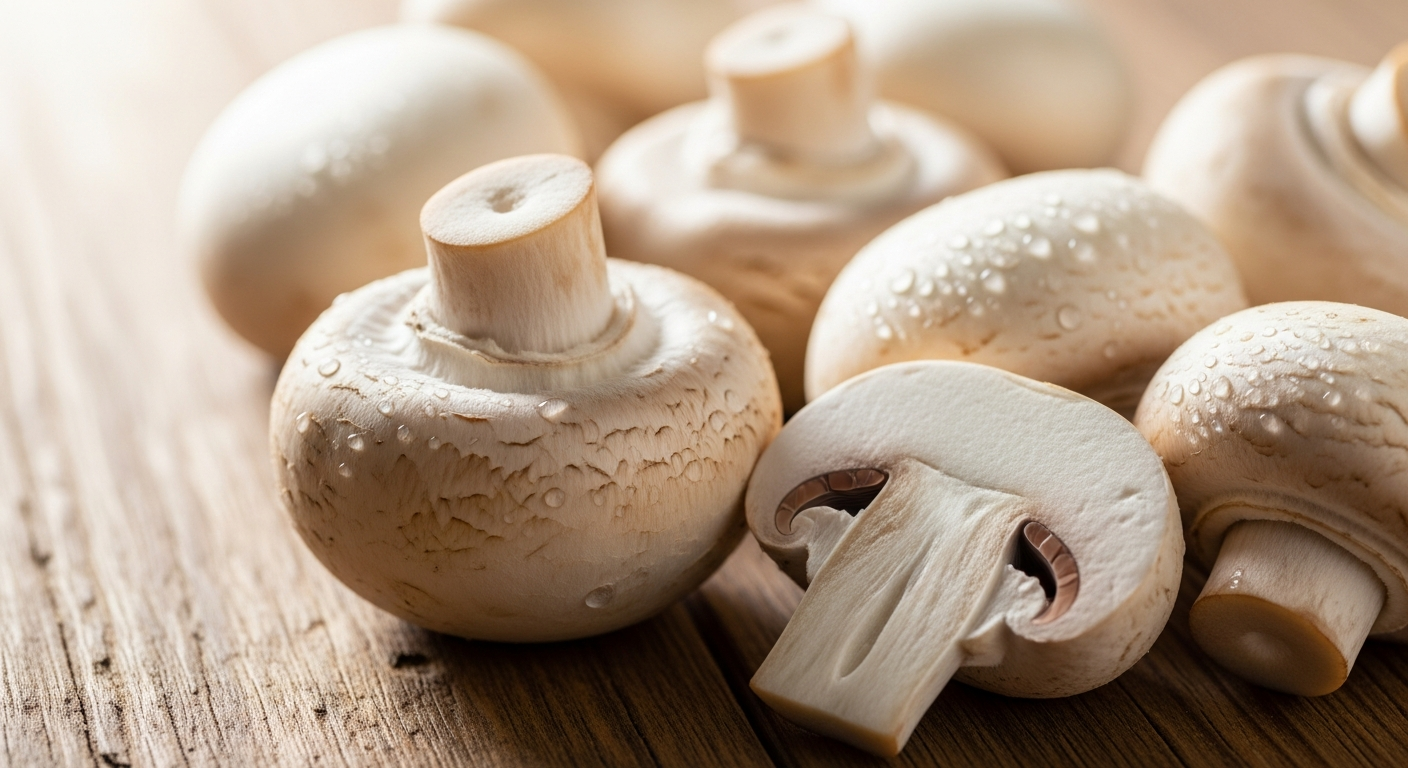
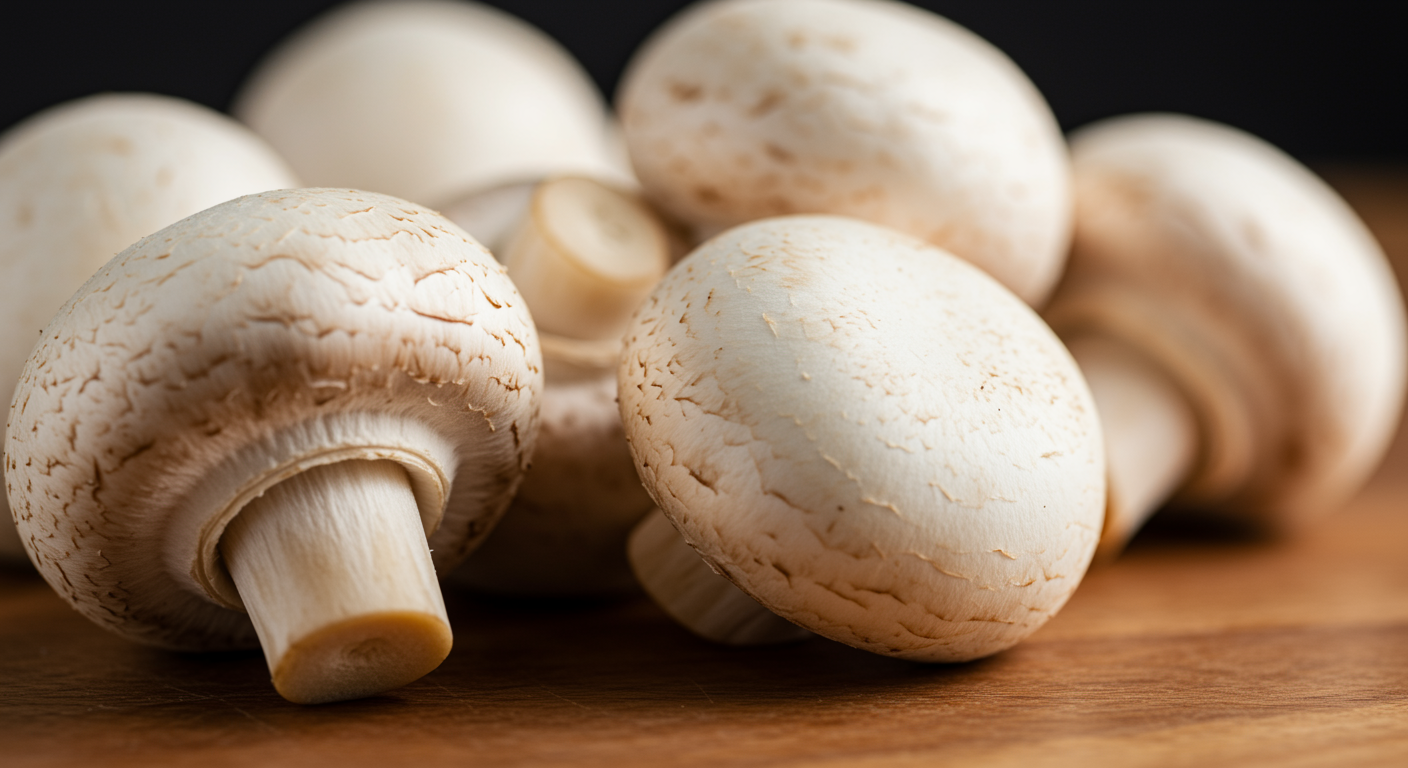
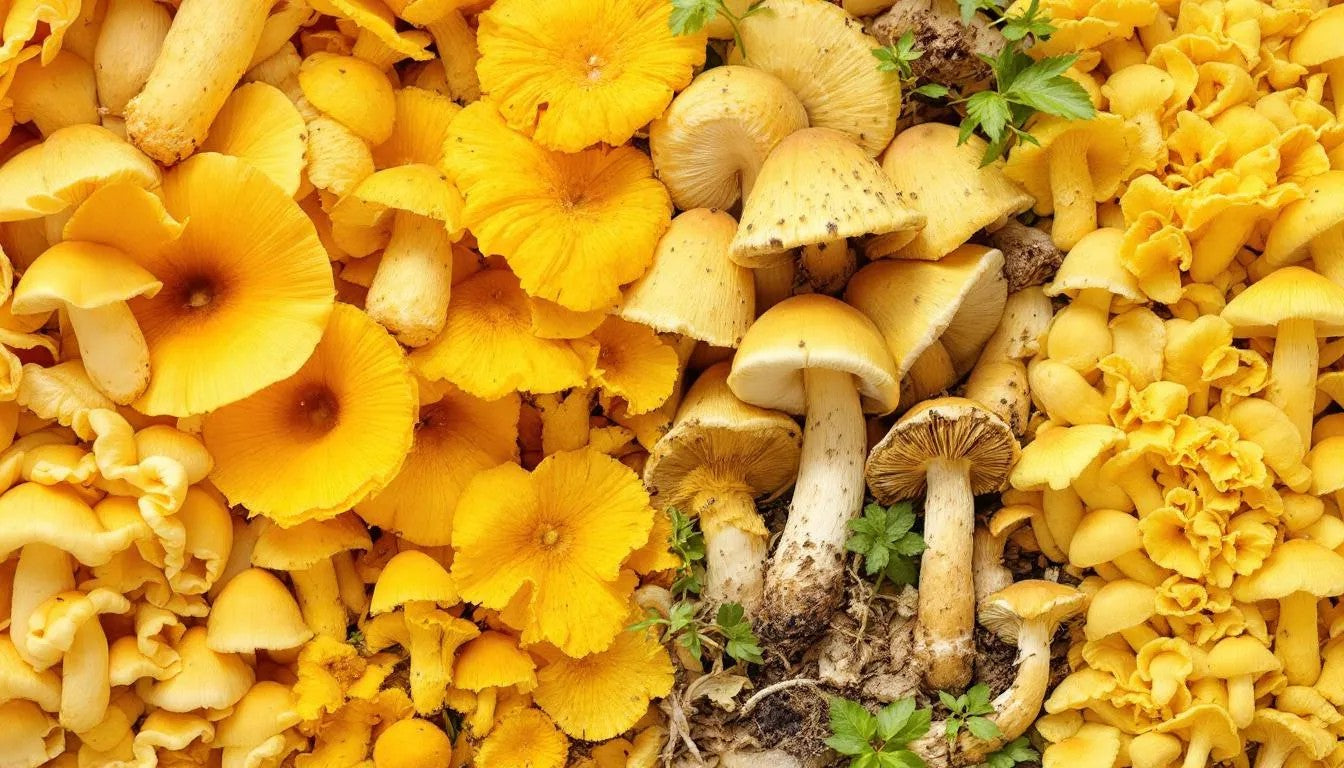

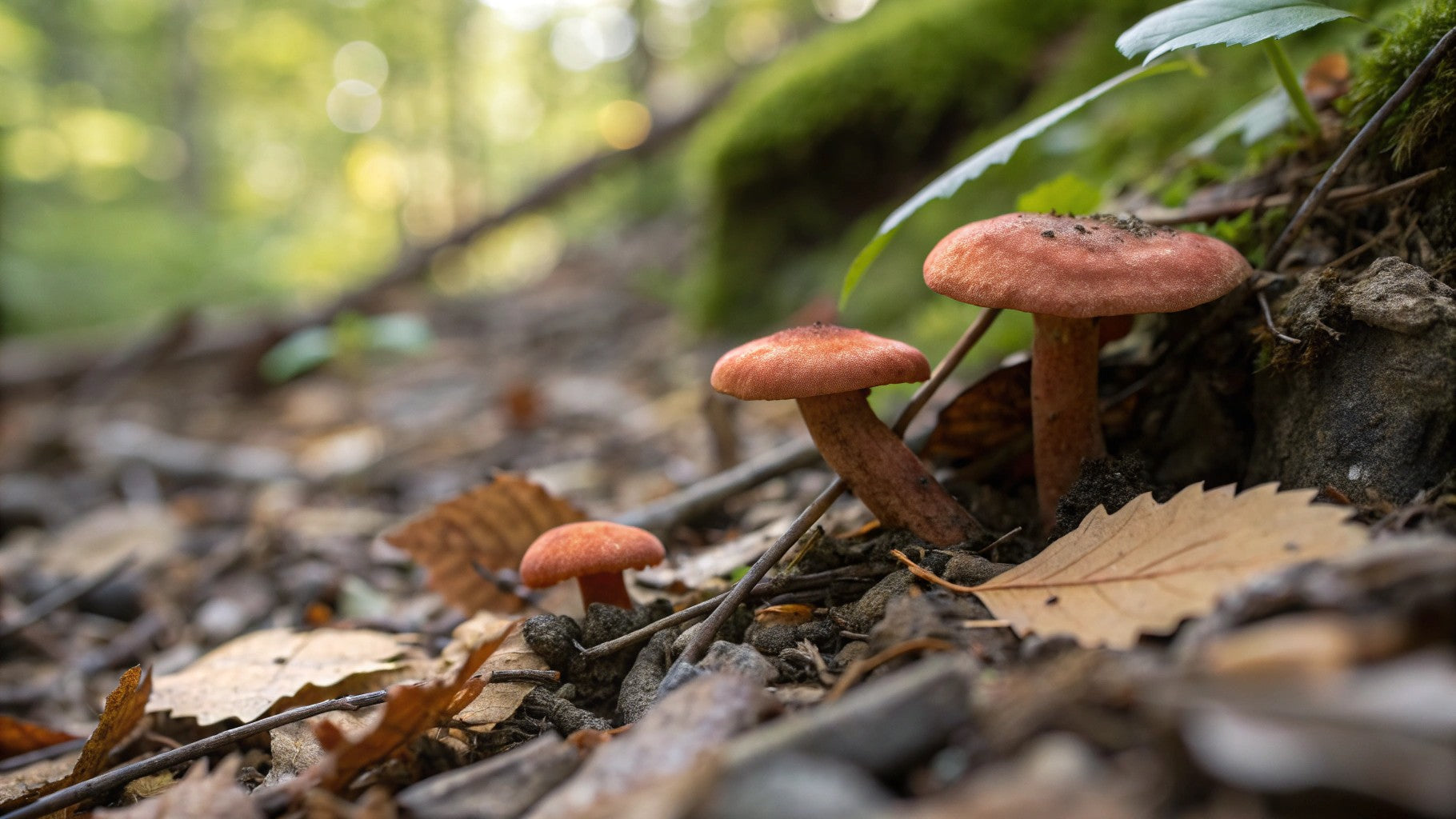
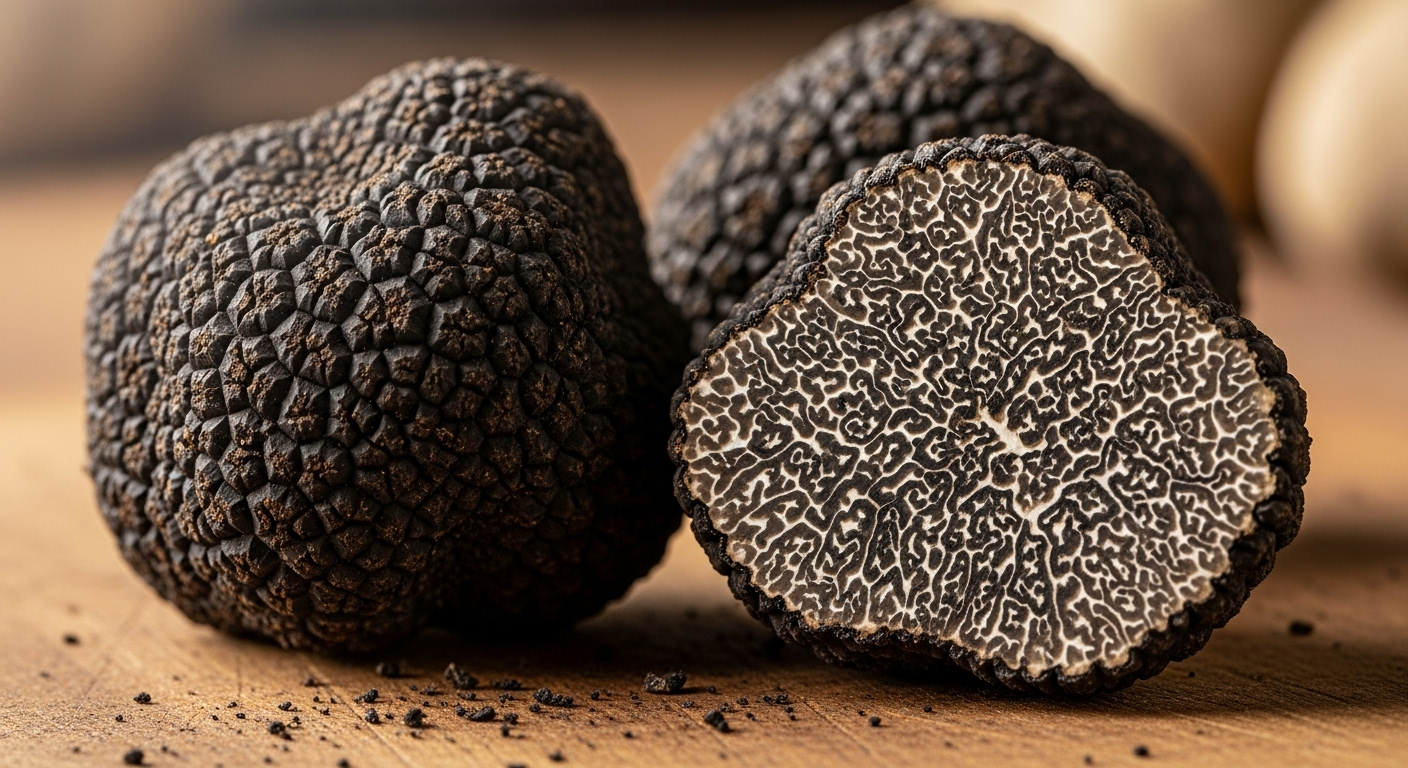
Share:
Lobster Mushroom: The Ultimate Guide to Nature's Seafood Impostor
How to Grow Baby Bok Choy: Your Complete Guide to Fresh Asian Greens